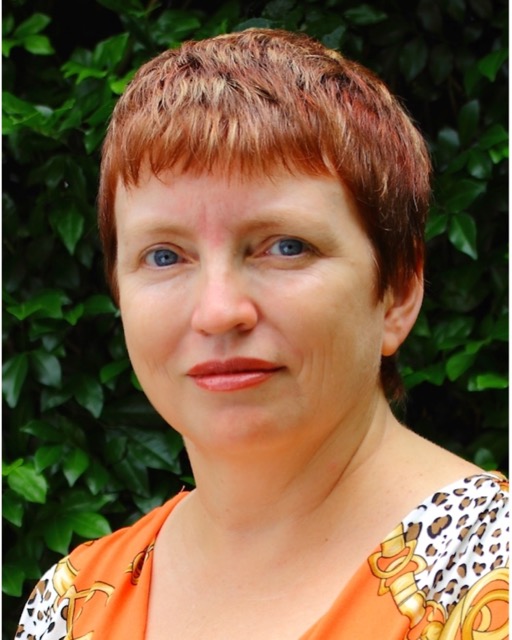Using registered designs to date historical archaeological contexts
Abstract
The National Archives at Kew, England holds almost three million images of ornamental design of everyday objects registered between 1839 and 1991. Ranging from metal work to glass and ceramics to wallpaper and textiles, these commodities were exported around the world, eventually entering archaeological contexts. For example, coffin name plates excavated from the North Brisbane Burial Grounds, were matched with their original registered designs. Not only the date ranges for the burials were refined, the relative the socio-economic status of deceased could also be determined. Objects interred with the deceased, such as textiles, jewellery and crockery could similarly be examined.
About the presenters 
Dr. Hilda Maclean
Dr Hilda Maclean received her PhD from the University of Queensland in 2015. Her project investigated funerary consumption in Brisbane in the second half of the 19th century focussing on artefacts recovered from the North Brisbane Burial Grounds. She travelled to Kew three times during her candidature to examine the registers of ornamental designs which remain undigitized, greatly reducing access to archaeologists working outside of the United Kingdom. This is led to the under-utilisation of this valuable visual archival resource, which the presenter hopes to rectify through publications demonstrating the use of these registers in other Commonwealth archaeological contexts. Hilda is currently the Local Heritage Specialist at Logan City Council.
About Archaeology Working Papers
The Working Papers in Archaeology seminar series provides a forum for dissemination of archaeological research and ideas amongst UQ archaeology students and staff. All students are invited to attend the series and postgraduate students, from honours upwards, are invited to present their research. The aim is to provide opportunities for students, staff and those from outside UQ, to present and discuss their work in an informal environment. It is hoped that anyone interested in current archaeological directions, both within and outside the School and University, will be able to attend and contribute to the series.
